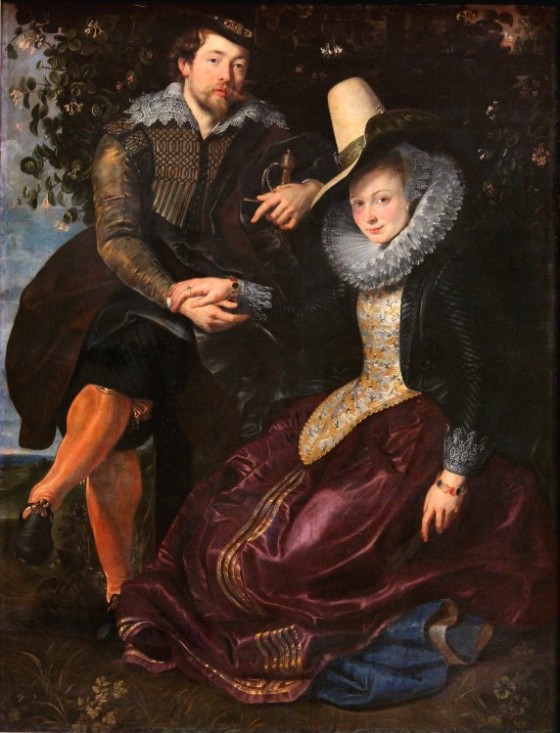In 1603, Rubens traveled to Spain for the first time, on a diplomatic mission from Vincenzo Gonzaga, Duke of Mantua. There, he painted Francisco Goméz de Sandoval y Rojas, Duke of Lerma, a favorite of the Spanish king, the “king’s shadow” with unprecedented power. Was it the genius loci? Did he cater to the tastes of his patron? In any case this portrait is very Spanish in its coloring and atmosphere, probably more so than any other work by the artist. Fittingly, it never left Spain and is now located at the Prado.
WHO never ate his bread in tears,
Who never through the mournful night
Sat weeping on his bed with fears—
He knows not, heavenly powers, your might!
You plunge him into life amain,
You lead him into sin from dearth,
Then leave the poor man to his pain—
For all sin is revenged on earth.
From Wilhelm Meister (1795). Translation by Margarete Münsterberg, first published 1916.




